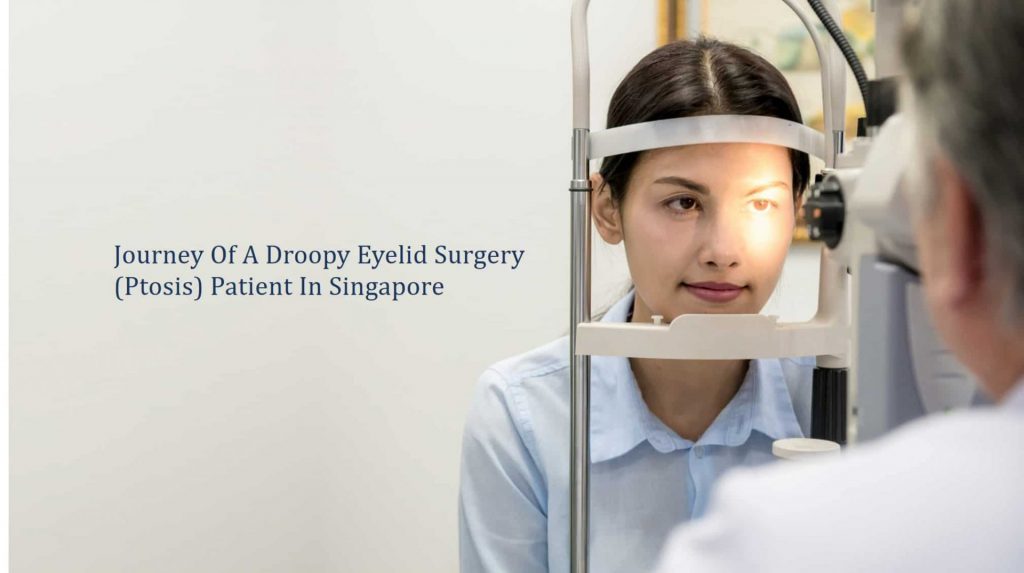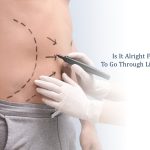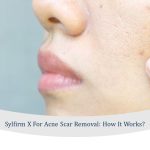What Are The Tests Available For Droopy Eyelids?
Basic Visual Assessment by Plastic Surgeon
When you go for the evaluation of your droopy eyelids, the plastic surgeon will first observe your eyelids and the extent of the drooping. Your doctor may also carry out some measurements to determine if you require droopy eye surgery. These include the distance between the center of the eyes to the edge of the upper eyelid – which is known as the marginal reflex distance in medical terms. Moreover, they also evaluate the strength of the muscles around the eyes and observe it from an aesthetic perspective.
Other Tests
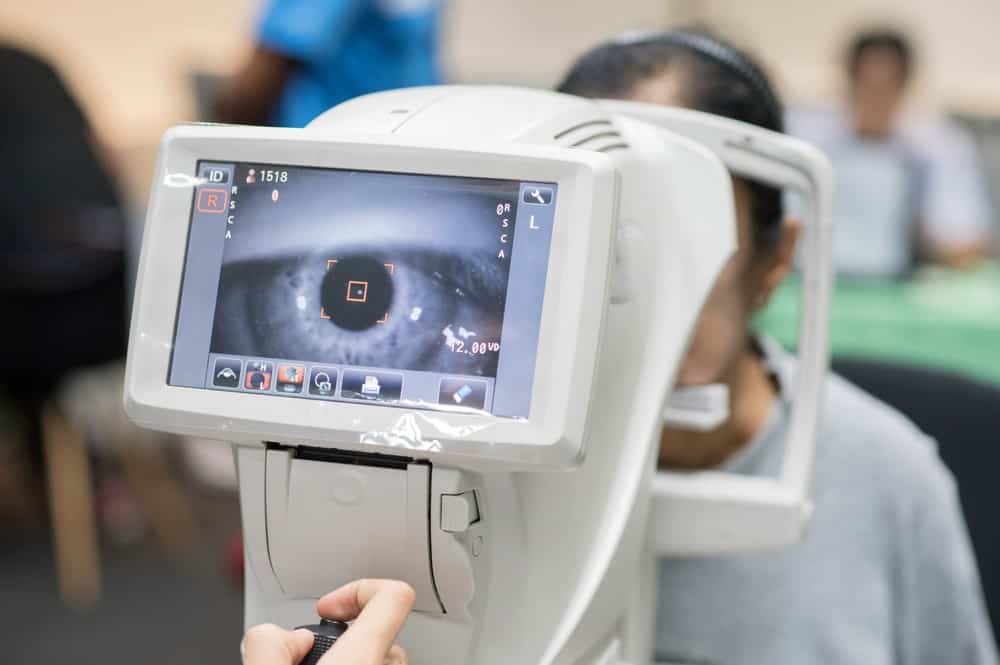 Pupillary Observation
Pupillary Observation
The diagnosis of droopy eyelids may also require an analysis by the eye doctor who will check for the patient’s pupillary reaction. This is especially important because a person who is suffering from droopy eyelids and an abnormal pupillary response might indicate nerve damage.
Visual Field Test
A Visual Field Test, which is also known as Humphrey Test, may be conducted by the doctor to analyze the level of vision inhibition caused by the drooping of eyelids.
Tensilon Test
Tensilon tests of the eyelids are conducted to analyze the weakness of muscles around the eyes and if they cause the drooping eyelids.
What Happens After The Diagnosis Of Droopy Eyelids?
After the diagnosis of Ptosis, the doctor might present several options for the treatment of the condition. This treatment option may range from person to person based on their age, medical history, and the cause of the droopy eyelids.
Medical Insurance For Droopy Eyelids Surgery
Droopy Eyelid Surgery that is conducted to correct vision issues or for if someone’s ability to conduct their everyday activities by blocked vision may be considered a medical case and treatment fees may be covered under medical insurance.
The Required Arrangements For Droopy Eyelids Surgery
Before Droopy Eyelid Surgery, the surgeon carefully analyses the patient’s facial and unique eyelid characteristics before proposing the surgery technique. The plastic surgeon may order an eye test if it is necessary for the diagnosis.
The patient should also make arrangements on their end, which include appointing someone to drive them home after the surgery. The patient may also require a caretaker to look after them for at least 24 hours after the surgery.
How Can You Prepare For Your Droopy Eyelid Surgery?
The preparation one might need to make a few days before their Droopy Eyelid Surgery includes:
- The use of drugs like aspirin, ibuprofen, and other NSAIDs should be avoided.
- Cigarette smoking should be discontinued at least two weeks before the surgery.
- Drinking or eating anything the night before the surgery should be avoided.
What Happens After The Droopy Eyelids Surgery?
In general, individuals are encouraged to take 7 to 10 days off work and social activities for recovery. As each individual’s recovery process varies, it is expected to observe some variations in recovery speed. Nonetheless, there are a few things one should keep in mind for a smoother recovery.
Medication: The patient may be recommended to apply cold compression and a topical antibiotic for at least 4 to 5 days after surgery. One should take the medication and antibiotics as recommended.
Would Dressing: Basic dressing and application of topical ointment are necessary.
Daily Showers: Showers are permitted after surgery. It is recommended to gently pat dry if the eye area comes into contact with water.
Sleeping Posture: Slight changes to sleeping positions such as keeping the head raised above the heart is recommended to help bring down swelling. Patients can resume daily showers a day after the procedure.
Daily Walks: Daily strolls in a park or at home can help improve blood circulation and bring down swelling faster as compared to staying in bed.
Possible Complication associated with Droopy Eyelids Surgery
The most common complication associated with Droopy Eyelid Surgery is an asymmetry in the eyelid’s height and shape due to uneven swelling. (2) However, some patients also experience varying degrees of pain, bleeding, and eye discomfort for a few days which can be managed with medication and will subside a few days later. If one experiences any other symptoms, they should contact their plastic surgeon immediately.
Follow-ups after a Droopy Eyelids Surgery?
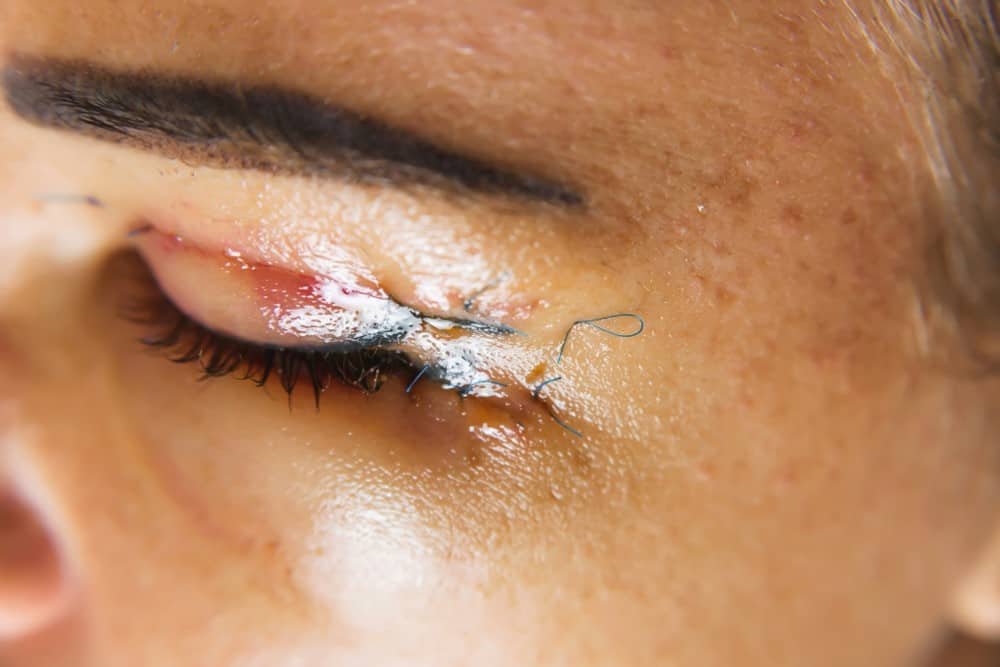 1-week Follow-up: The patient is called for a follow-up review one week after the surgery to assess their rate of recovery and the extent of swelling. Stitch removal may also be done if an incisional procedure was performed.
1-week Follow-up: The patient is called for a follow-up review one week after the surgery to assess their rate of recovery and the extent of swelling. Stitch removal may also be done if an incisional procedure was performed.- 2 weeks Follow-up: The 2 week follow up is aimed at evaluating the residual swelling and whether the recovery of the patient is on track.ss
- 3 months to 6 months Follow-up: The 3- and 6-month follow-up after the surgery is aimed at observing the final results of the procedure and evaluating the satisfaction level of the patient.
Considering Ptosis Surgery For Droopy Eyelids?
Droopy Eyelid Surgery is an effective and long-term solution to get rid of droopy eyelids. Even though it is frequently performed, it can be quite challenging and should only be performed by an experienced physician.
About Dream Aesthetics and Plastic Surgery
Bespoke surgical for cosmetic or medical reasons is what Dream covers to bring out the beauty in every individual. Going beyond the aesthetics and working on physical anomalies are what we value the most in leading our patients to cherish self-improvement and confident lifestyles.
Derived from Associate Professor Vincent Yeow’s long-standing experience performing plastic surgery in Singapore, our treatment plans deliver physical remodelling in our patients’ favour. One of the notable remodellings is droopy eyelid correction. The ptosis surgery used for treatment eventually fixes drooping eyelids, improves vision and enhances appearance.
Most importantly, as a trustworthy plastic surgery and aesthetic clinic, we treasure positive and natural outcomes for each individual. We will ensure to deliver the beauty refinement of your dream without compromising your safety and privacy.

